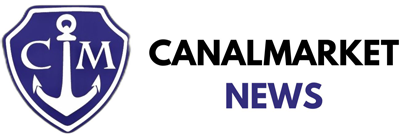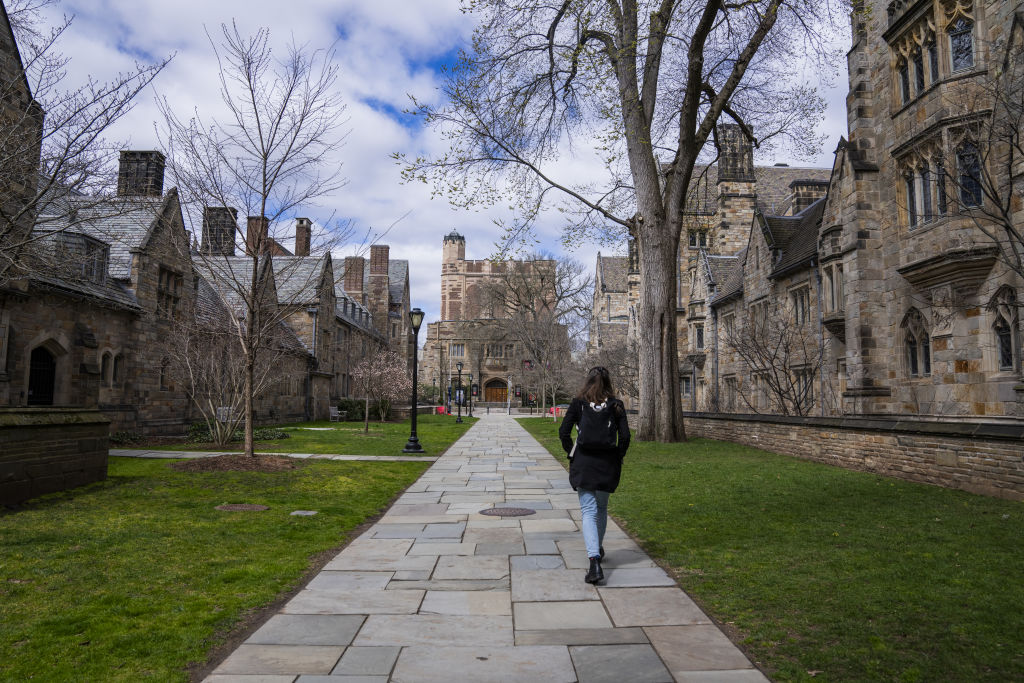
Colleges happily grade students and evaluate faculty but are often not thrilled by the published report cards they receive as institutions. Every September, school administrators find themselves clamoring in anticipation of the latest release of U.S. News & World Report’s Best National University Rankings, each aspiring to be atop the list. But the usual top-ranked schools according to U.S. News (Harvard, Princeton, Yale, MIT, Stanford, etc.) have recently received relatively low marks from an emerging type of ranking based solely on impressions of inferred tolerance of campus cultures rather than assessments of scholarly contributions, or evaluations of student learning, or descriptions of campus life.
[time-brightcove not-tgx=”true”]
College rankings by the right-leaning Foundation for Individual Rights and Expression (FIRE) and Anti-Defamation League (ADL), the most prominent examples of those ideological ranking systems, mark a far departure from what was once considered the controversial rankings by U.S. News. And they are reflective of a polarization inherent in America that has slowly eroded its social fabric. Surprisingly, out of 250 schools rated by FIRE, the country’s top five schools include Michigan Technological University, Florida State University, and the University of Eastern Kentucky while the bottom five include Harvard, Columbia, and the University of Pennsylvania.
Even more surprisingly, political operatives have mused about using FIRE’s rankings as a tool for assessing whether a university should receive federal research grants, such as the tens of billions of dollars provided by the National Institute of Health, which are pivotal funds used to advance national innovation and competitiveness in science, medicine, and technology.
However, a representative from FIRE suggested to us such an application would be a serious misuse of their research, stating: “The rankings are meant to be advisory for students and parents during the college selection process or point towards areas of potential campus reform, not for use in a holistic manner to assign research funding.”
Implicit in that statement is an honest recognition that such rankings—ADL and FIRE to U.S. News and Forbes—are as imperfect as they are imprecise. Like the more established rankings of the latter two, ADL and FIRE have limited correlation and plenty of differences in methodology between their ranking outcomes. Moreover, an inverse correlation is evident between the ideological and established ranking systems.
The college rankings by FIRE and ADL have received much attention as of late. Each is attempting to assess how well campus leaders, through their stated policies and procedures, protect the individual liberties and rights afforded students by the U.S. Constitution. Both organizations endeavor to go further by connecting the ranking outcomes to their respective missions.
FIRE’s mission can be best summarized as “defending and sustaining the individual rights of all Americans to free speech and free thought;” and ADL’s mission statement is “to stop the defamation of the Jewish people and secure justice and fair treatment to all.” For comparison, the purpose of U.S. News’ rankings is to provide “as much information as possible about the comparative merits of the educational programs at America’s colleges and universities.”
From our proprietary research, we found the only top-performing school which U.S. News, ADL, and FIRE could agree upon in the latest rankings was Duke University—ranked sixth by U.S. News, granted a letter grade “B” by ADL, and placed in the top quintile by FIRE.
A few top-performing schools, according to U.S. News, such as Harvard, Northwestern, and UCLA, were mutually assigned to the lowest tier in the rankings by ADL and FIRE; while the University of Virginia, University of Chicago, Washington University at St. Louis, and Carnegie Mellon were a few of the many top-rated schools, per US News, that saw significant divergences between the rankings assigned to them by ADL and FIRE.
The sources of divergence are rooted in the somewhat similar but subjective methodologies applied by each organization. ADL and FIRE each designed and distributed a multi-component survey to students across the US, and both conducted their own independent research of campus policies and procedures and specific actions by school administrators to supplement their analysis. They also used the same survey agency, College Pulse, to collect their student samples.
However, that is where the similarities end, and the differences arise. For instance, methodologies for establishing a weighting of survey components are specified by ADL but not FIRE. Final reviews by an independent expert panel are coordinated by ADL but not FIRE. A subjective, scaled system of bonus points and deductions are used by FIRE, while ADL conducted a “qualitative assessment…to reflect certain campus efforts” and to complement the quantitative analysis.
U.S. News, by comparison, takes a relatively simpler approach, issuing a multi-component survey of easy-to-quantify factors, such as graduation rates, first-year retention rates, student-to-teacher ratios, and peer assessments.
The implications of the different methodologies become most apparent when applied to real-world scenarios. For example, the University of Virginia was recognized as top school in FIRE’s 2025 College Free Speech Rankings. This ranking was achieved despite reports of a peaceful campus protest which ending in a police crackdown, which saw 27 arrests and pepper spray used on students. Notably, the event did occur during FIRE’s assessment period.
In another instance, Fordham University was harshly penalized in FIRE’s 2024 rankings for suspending “a student who, after a verbal argument with fellow students, went and bought an assault rifle and then posted that on social media.” The school was further penalized “for its policies that bans use of IT resources (such as campus internet) to ‘insult’ or ‘embarrass’ others.” In part because of instances like this, critics have said FIRE’s methodology “is arbitrary and misleading.”
The ADL too has received its fair share of criticism—including from some leaders of Jewish organizations who cast the grading as simplistic and failed to capture the full picture of Jewish campus life as they were overly sensitive to outlier, ambiguous controversial incidents. However, in response, ADL highlighted to us that nearly 70% of the institutions surveyed have worked with the organization the subsequent year in an effort to understand the evaluation and improve their school’s grade.
Over 100 leaders from higher education expressed a similar frustration to us concerning the FIRE and ADL rankings at our recent Yale CELI Higher Education Summit. Nearly two-thirds of the presidents, chancellors, and senior administrators agreed that FIRE’s free speech rankings are not accurate. Three-quarters of respondents felt similarly about ADL’s antisemitism report card. And perhaps unsurprisingly, nearly all leaders disagreed with any suggestion of using the FIRE free speech rankings to allocate federal research grants.
Despite the near unanimity, some of these grants are already in danger of defunding after the latest round of warrior policymaking by the Trump administration and his DOGE unit. However, such ideological threats directed at higher education only weaken what scientific, medical, and technological advantages America still holds against global rivals. Ideological rankings, like the more established purely academic performance rankings, should be recognized for what they are—advisory tools that are only as good as their methodologies and the organizations that lead them.
Too often, organizations conflate narrow testing metrics with the more elusive range of forms of actual intelligence. This mirrors the Heisenberg principle of physics which conflates the measurement tool with the underlying phenomena itself. So, it is the case with school ratings. What they measure can be as misleading as they are intriguing if not properly used.



